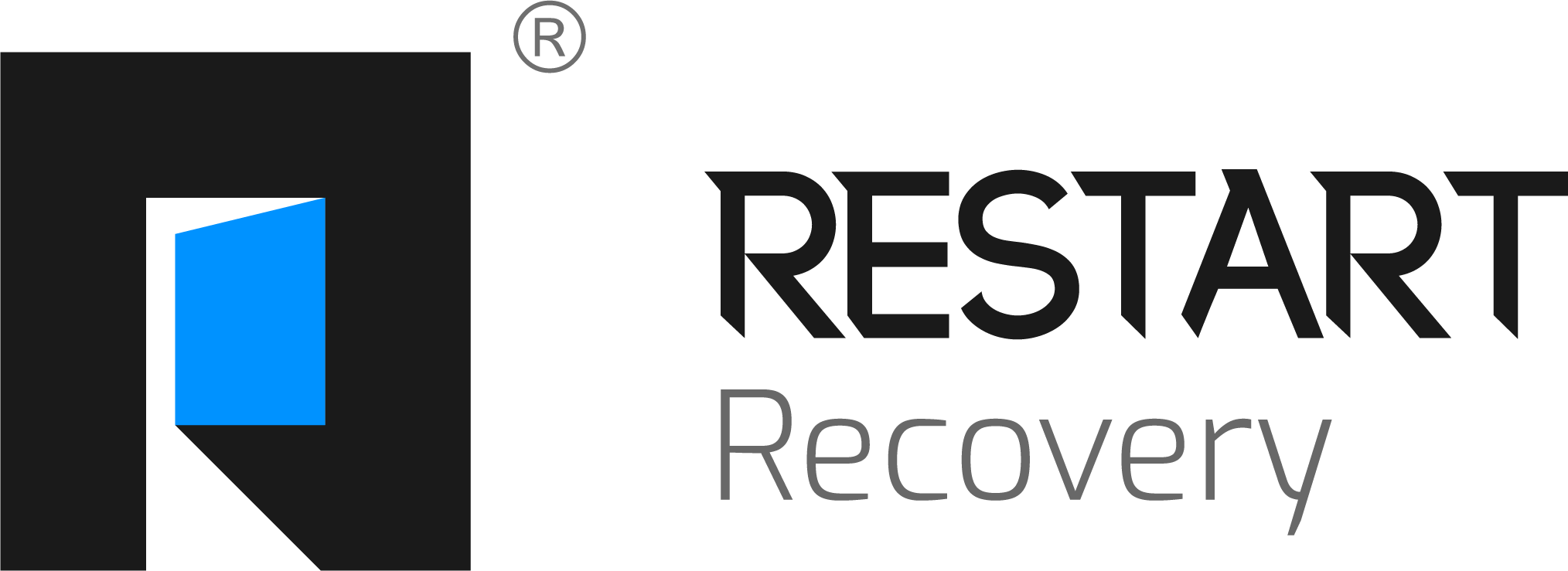YouTube Addiction: 4 Practical Strategies to Reprogram Your Viewing Habits
- Yasmin Maghsoudloo
- Aug 6
- 4 min read
You open YouTube to watch a quick tutorial… and two hours later, you're knee-deep in reaction videos, game streams, or conspiracy theory rabbit holes. Sound familiar?
You’re not alone.
While YouTube offers educational, entertaining, and often inspiring content, its algorithm is engineered to keep you watching. For many, it can evolve from a casual pastime into a compulsive behavior, sometimes interfering with productivity, relationships, sleep, and mental well-being.
If you're wondering whether you're addicted to YouTube and how to regain control, this blog is for you. We'll explore what YouTube addiction looks like and offer 4 practical strategies to reprogram your viewing habits without quitting cold turkey.

Table of Contents
What Is YouTube Addiction?
YouTube addiction is not yet officially classified as a medical diagnosis. Still, it's widely recognized as a form of behavioral addiction, similar to excessive gaming, social media use, or online shopping.
It’s characterized by:
Compulsive and prolonged YouTube use
An inability to cut back despite negative consequences
Emotional dependence on watching (e.g., for comfort, escape, or stimulation)
Feelings of guilt or distress when not watching
According to recent surveys, people spend an average of 40+ minutes per session on YouTube, and many report checking it multiple times per day, often out of habit, boredom, or stress.
Why Is YouTube So Addictive?
YouTube is designed to maximize engagement. The platform uses AI-powered algorithms that analyze your interests, attention span, and watch history to serve highly tailored video suggestions.
Here are a few psychological hooks that make YouTube so hard to resist:
Auto-Play & Infinite Scroll
Once one video ends, another starts—no effort required.
Dopamine Feedback Loop
Every click, like, or new video stimulates a small hit of dopamine—similar to the effect of addictive substances.
Short-Form Gratification
With YouTube Shorts and clickbait content, your brain gets quick rewards, which over time reduces attention span.
Niche & Personalized Content
Whatever you're into—be it ASMR, gaming, or productivity hacks—YouTube will flood you with more of it.
4 Practical Strategies to Reprogram Your Viewing Habits
Beating YouTube addiction doesn’t mean you have to stop watching altogether. It’s about becoming conscious of how you watch, why you watch, and how to reclaim your time and focus.
Here are four evidence-backed strategies:
1. Audit Your Viewing Triggers
First, identify when and why you turn to YouTube. Is it:
When you're bored or procrastinating?
To escape uncomfortable emotions like anxiety or loneliness?
As background noise while doing tasks?
📝 Try This Exercise: For one week, keep a "YouTube Use Journal". Every time you open the app or website, jot down:
What time is it
How are you feeling
What were you doing before
How long will you stay
You’ll start to see patterns, and once you recognize your triggers, you can begin to replace them with healthier coping tools.
2. Restructure Your Environment
Our habits are often shaped by our environment. Making small changes to your digital and physical spaces can reduce mindless YouTube use.
Action Steps:
Turn off auto play in your YouTube settings.
Remove YouTube from your phone’s home screen or use app blockers like Freedom or [Stay Focused].
Log out or use an incognito browser to avoid algorithm-driven recommendations.
Create a separate "intentional use" playlist for videos you want to watch—no more aimless browsing.
3. Set Clear Time Limits and Viewing Goals
Like any healthy habit, intentional YouTube use starts with structure.
Time-Blocking Technique:
Set a specific window during the day when you’re allowed to watch (e.g., 7–8 PM).
Use timers or screen time apps to stick to your limit.
Create a “watchlist” ahead of time to avoid falling into the recommendation spiral.
Viewing with Purpose: Before pressing play, ask yourself:
“What do I want to get out of this video?”
“Is this content adding value—or just killing time?”
When you shift from passive scrolling to purposeful watching, you reduce binge behavior.
4. Replace the Habit With Something Better
To successfully reprogram your brain, you need a healthy substitute—not just deprivation.
Try These Alternatives:
For background noise: Listen to instrumental music, podcasts, or nature sounds.
For stimulation: Pick up a physical book, take a walk, or journal.
For escape: Practice mindfulness, do a breathing exercise, or call a friend.
For learning: Switch to curated learning platforms like Coursera or Skillshare.
The goal isn’t to avoid stimulation—it’s to choose intentional and enriching stimulation over mindless content loops.
When Is It Time to Seek Professional Help?
If your YouTube use is causing serious distress or interfering with your daily life, you may benefit from behavioral therapy or digital addiction counseling.
Consider seeking help if:
You’ve tried to cut back but can’t
You’re losing sleep, productivity, or real-world connections
You feel anxious, depressed, or irritable without watching
You use YouTube to numb emotional pain or trauma
Cognitive Behavioral Therapy (CBT), in particular, has been shown to help individuals retrain their thought patterns and behaviors related to screen and internet addiction.
Final Thoughts: Take Back Control—One Video at a Time
YouTube is a powerful platform—but like all technology, its effects depend on how you use it.
By becoming more intentional with your viewing habits, auditing your triggers, and creating boundaries around screen time, you can enjoy the best of YouTube without falling into the rabbit hole.
Remember: It’s not about perfection. It’s about progress.
Each small change you make reclaims a little more of your time, attention, and mental space—for the things that truly matter.





Comments